#Dike goddess
Text
Greek Gods 101: Dike
Dike is a Goddess of justice, fair judgements, and rights. Excluding the universal offerings, some common offerings include:
Scales Imagery or Figurines
Court Documents
Sword Imagery or Figurines
Blindfolds
Courthouse Imagery or Figurines
Gavel
Laurel Leaves
Laurel Wreaths
For devotional acts, some activities that can be done for her include:
Watching or Reading Court Proceedings
Reading Through Court Records
Judging People Fairly
Learning About the Justice System
Learning About the Law
Learning About the Law-Making Process
Researching Your Local Laws
She is celebrated in 1 Athenian holiday.
Demokratia
#dike#dike goddess#dike deity#deities#hellenism#helpol#hellenic#hellenic pagan#hellenic polytheism#hellenic community#hellenic polytheist#hellenic deities
19 notes
·
View notes
Text
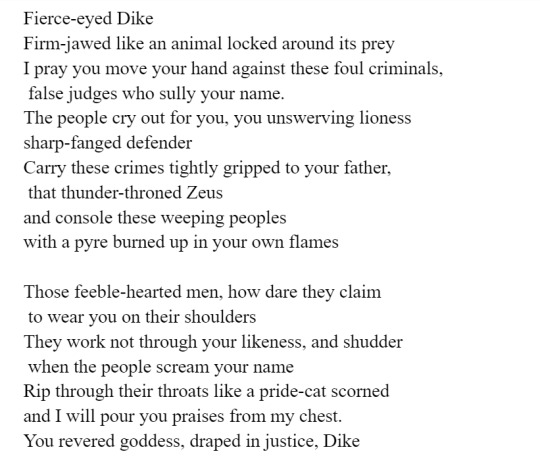
originally written 1 september 2021, edited for posting 18 may 2022
#this has been sitting around waiting to be posted for a while#my poetry#Dike#Dike deity#Dike goddess#helpol#Hellenic polytheism#greek religion#personal
33 notes
·
View notes
Text
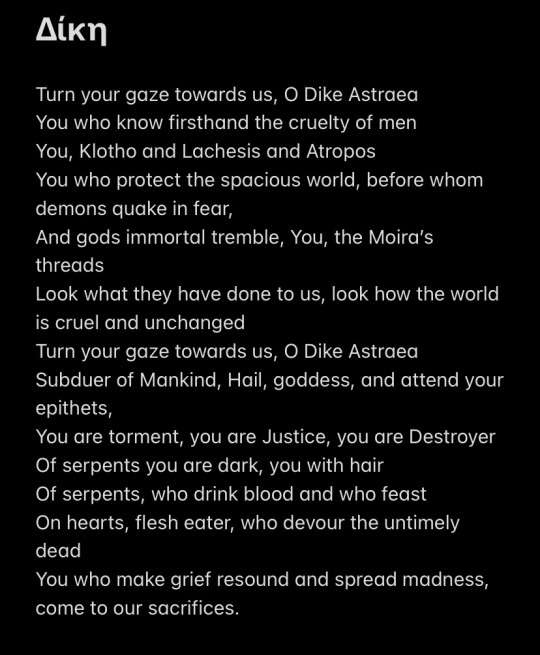
20 notes
·
View notes
Text
Horae
Horae (or Horai) are the seasons of Hellenism. They are often seen as a group of three goddesses, however in reality there are many variations on which goddesses they are, or even if they are epithets of each other.
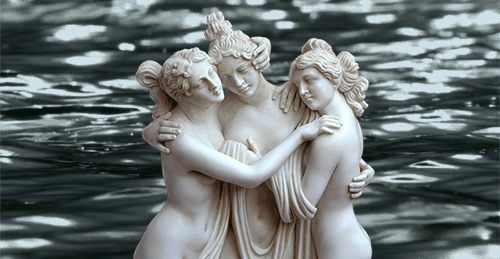
Most commonly the three Seasons are seen as Dike (personification and goddess of divine justice), Eunomia (goddess of good order and lawful conduct), and Eirene (goddess of peace). This, however, is their later interpretation. Slowly across the Classical and Hellenistic Periods the Horae changed from season deities to goddesses of order and justice.
So while Lady Dike, Lady Eunomia and Lady Eirene are correctly the Horae, they are also correctly Thallo (goddess of "green-shoots" and blooming), Auxo (goddess of vegetation and growth at full bloom), and Karpo (goddess of ripening plants and fruits of the earth).
It's good to note that each Goddess here is also a Daimon, a personification, of their respected rulings. For example, you may find confusion while speaking of Karpo as the personification of Autumn, due to her also being the goddess of ripe fruit. This could easily be meshed in one's mind with Lady Demeter, goddess of the Harvest, who is commonly associated with autumn. However, Lady Demeter is not a personification, and is an Olympian Deity, marking her vastly different from Lady Karpo as the Daimon and Goddess of Autumn itself.

In the Iliad, the Horae were keepers of Zeus's gate on Olympus. This is thought to be their earliest written record. Here the Horae were said to be born of Zeus and Themis, meaning they would be the later goddesses.
Primarily, the earlier variation of the goddesses were worshipped in rural Greece. The later were also adopted in rural areas, but less as nature deities and more of goddesses that represent farming prosperity. The earlier goddesses are often seen with Chione (goddess of snow) and Orithyia (goddess of cold mountain winds). Together, Thallo, Auxo, Karpo, Chione and Orithyia were seen as handmaidens/entourage to Persephone as the goddess of the turn of seasons.
Nonnus described the Horae as four daimons, the daughters of Helios (And sometimes Selene) and handmaidens of Queen Hera. These daimons are different from the previous group due to them not only being seen occasionally as winged children, but also being not goddesses but personifications. These daimons are Eiar (personification of spring), Theros (personification of summer), Phthinoporon (personification of autumn), and Cheimon (personification of winter). However, this variation of the Horae are from a Greek poet living in Imperial Rome, so take it with a very large grain of salt as a Hellenist. But if you worship the Roman pantheon, you might want to look more into this variation than others!

Personally, as a Hellenist myself, I look more towards the first two variations of the Horae. Not one is wrong in their claim to their sisterhood of the Horae. With Cronus's wheel of time comes change, and it is only natural for it change as such. I worship both trios (and Chione + Orithyia) as the Horae, because they both are! They are goddesses of time in their own respect, and all eight deserve reverence, worship, and devotion as goddesses that aid us in every turn of life.
HELPFUL LINKS:
#hellenic polytheism#hellenic witch#hellenism#hellenic deities#hellenic polytheistic#hellenic worship#hellenistic#horae#horai#Eirene goddess#Dike goddess
0 notes
Text

Eirene and Dike
No Peace without Justice
#greek mythology#greek pantheon#Dike#eirene#greek goddess#Themis#Horae#goddess of justice#goddess of peace
776 notes
·
View notes
Text
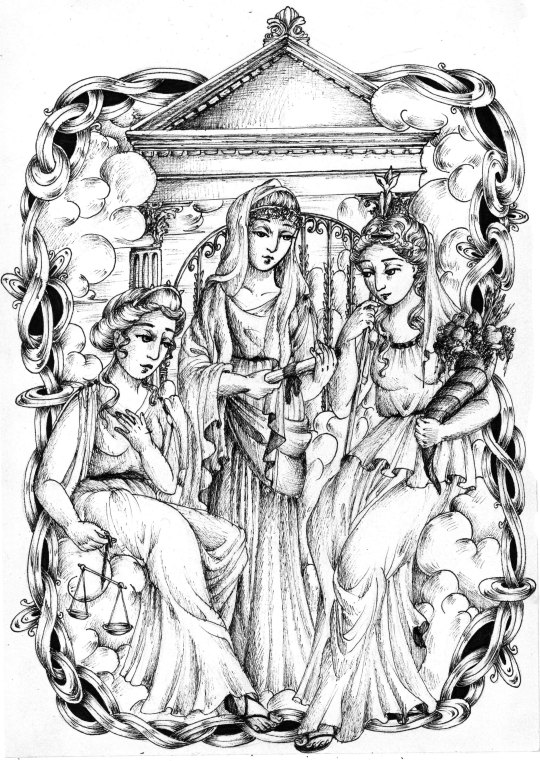
Dike, Eunomia, and Eirene by the gates of Olympus.
This was a commission for @percymmon
#horai#Dike#Eunomia#Eriene#greek mythology#myth#myhtology#greek goddess#goddess of justice#goddess of law#goddess of peace#pen and ink#illustration#drawing#art#artists on tumblr
61 notes
·
View notes
Text
Still thinking about the fact that Cassandra, a goddess of mystery and doubt, was married to Ankarna, who originally included justice in their domains. It's easy to think of justice as being about knowledge and certainty-- a wrongdoer was identified, and justice was done.
But thinking about justice in the context of the courts, seeking justice also relies upon us being willing to entertain uncertainty, to acknowledge that the process of finding the truth matters. Justice cannot be predetermined, or it is not justice at all-- it cannot exist without doubt.
#dimension 20#fantasy high junior year#dimension 20 spoilers#d20 spoilers#fantasy high spoilers#also wikipedia says that the greek goddess of justice is named dike (rhymes with nike) and I think that's beautiful
45 notes
·
View notes
Photo

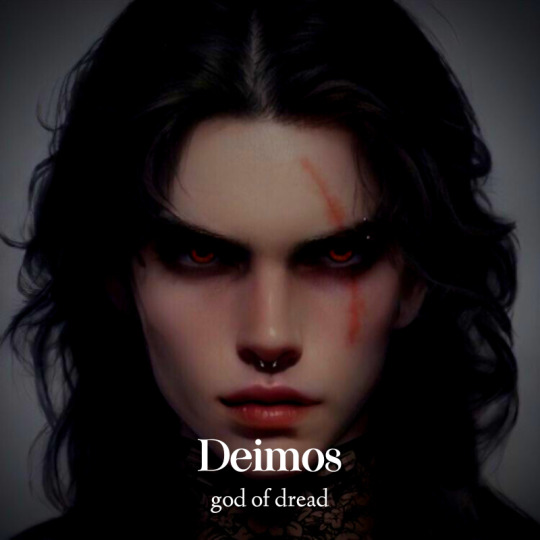
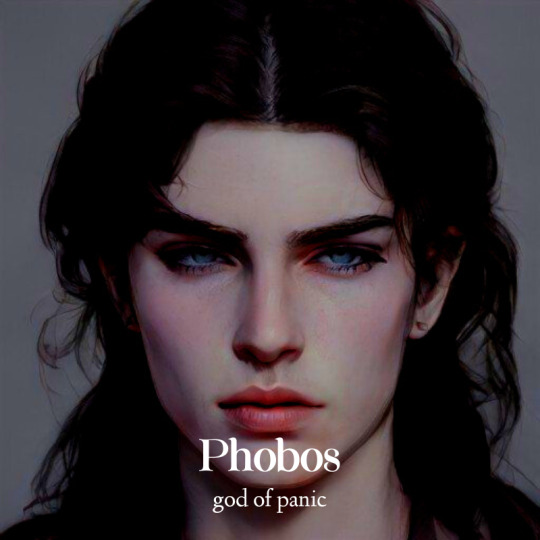







how i imagine the gods/goddesses part i can’t remember
#greek mythology#geras#deimos#phobos#bia#ananke#oizys#dike#soter#zelos#alastor#gods#goddesses#not mine
444 notes
·
View notes
Note
😍
https://x.com/theswiftsociety/status/1694850727544279337?s=46&t=OnZ0f24mD0XxPzNjM5Rv8Q

the outfit — I
47 notes
·
View notes
Text
Time to write about Dike being in love with Bruce like I've been daydreaming about for the past three weeks 💞
#you don't understand I need to write this#i did INDEPTH research about greek goddess of justice#ive decided on dike cause she's about human law but can overlap with “natural/divine law” with her mother Themis#also gonna write her going ham on adikia after jason dies hehehehe#batman#bruce wayne#greek goddess#dike
2 notes
·
View notes
Text
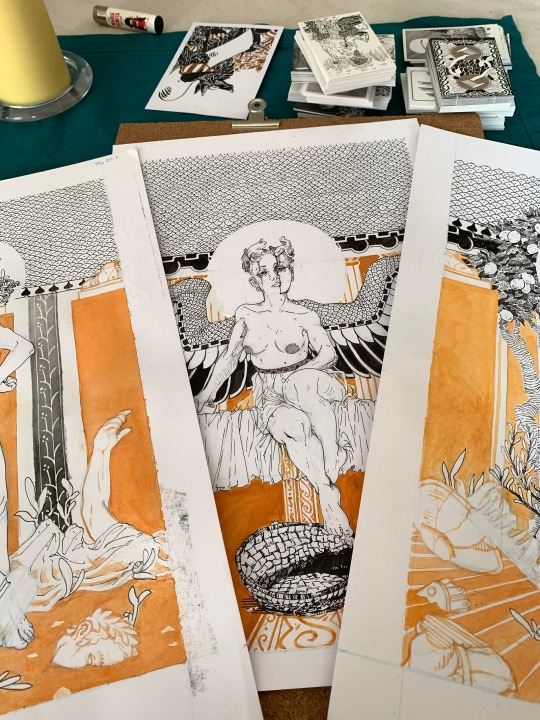


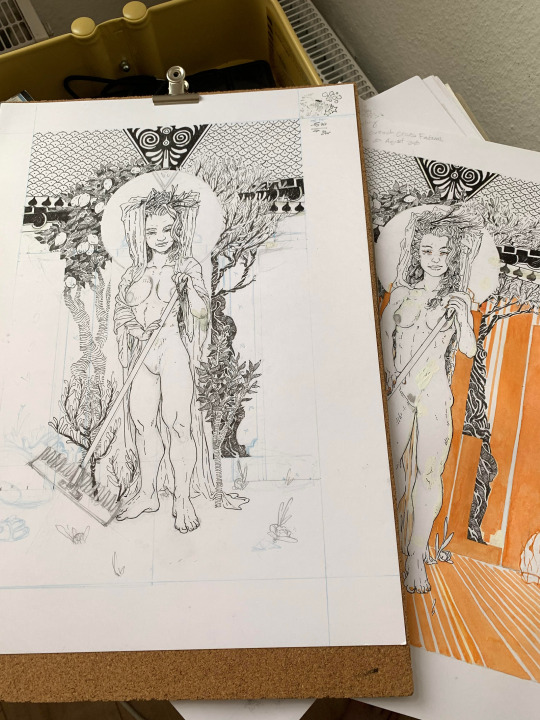
I've been quietly working on a series of three drawings for a long time now.
Why are there seven? That's why it's been taking so long! Since these are personal works I've been able to start over if I decide a nearly-finished piece isn't where I want it to be -- which I have to do when working traditionally.
Nemesis, Dike, and Themis will be available for full viewing soon! For being my decade-enduring Tumblr audience you also get a WIP preview of the last piece, Themis, that other platforms don't get. Thanks for sticking with me.
#artists on tumblr#greek mythology#justice#goddesses#dike#themis#nemesis#greek pottery#red figure pottery#illustration#pattern design#ink#watercolor#alex finis
4 notes
·
View notes
Text
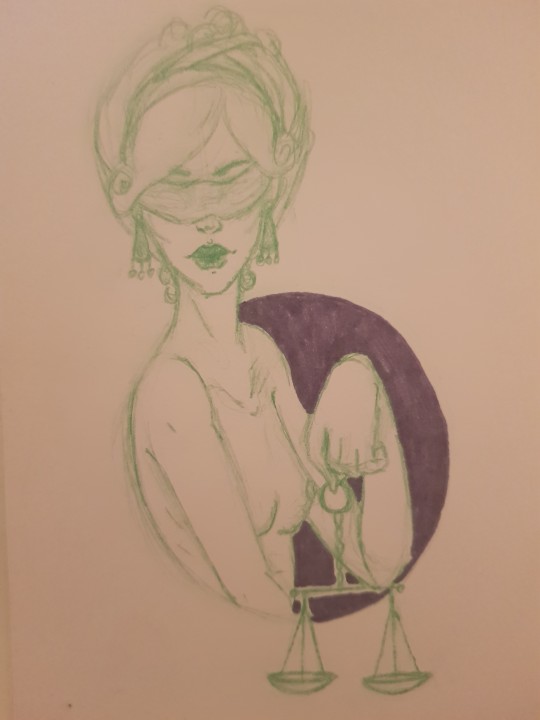
Justice
#sketchbook#sketch#my art#traditionalsketch#art#paganism#justice#themis#dike#goddess#greek deities#greek
2 notes
·
View notes
Text
.
#––– ❛ general 【 *is tiny* (ง'̀-'́)ง⠀ ╱ ⠀ ooc. 】#i need to recheck beths ffxiv au info to see if i had thought it yet#but her azem name is most likely gonna be dike greek goddess of justice/moral order/fair judgment#i have the headcanon that she's particularly close to themis/elidibus partially bc they share some views regarding this#however themis presides over divine judgment/justice while she is for the people#which is why traveling the world fits the fact azem as a seat is meant to travel and learn and help the people. to counsel them.#yes this was brought on by p11 fight#it is absolutely my fave fight in the entire raid series fight me#listen she's a homestuck oc. the light and dark themes of the fight fit the prospit & derse colors#the whole justice thing also seems to just be a mind player thing too#she was not escaping this or letting me do it differently#and her muse has been kicking around too lately wanting attention#fuck me i guess#tbd
0 notes
Text
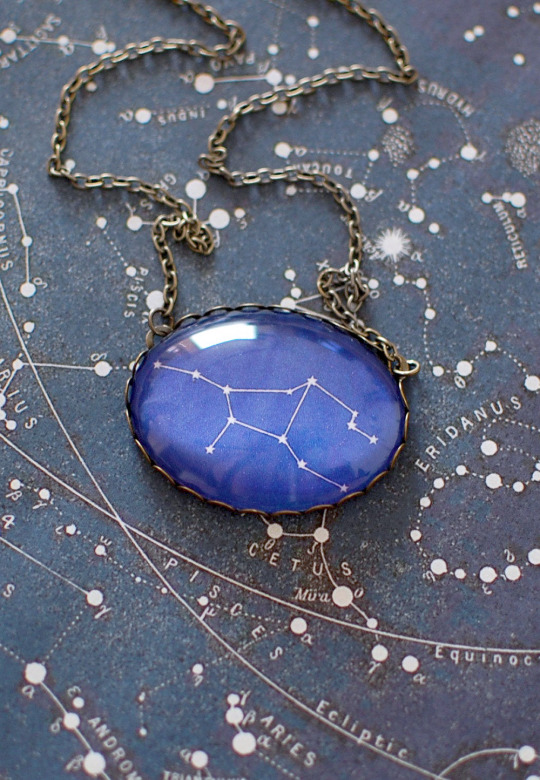



The Evermore Grimoire: Greek Mythology
Astraea (Ἀστραία, meaning 'star-maiden') was the virgin goddess of justice, innocence, purity and precision in greek mythology. She was also associated with Dike (goddess of justice) but not to be confused with Asteria (goddess of the stars). Astraea, the celestial virgin, was the last of the immortals to live with humans during the Golden Age, one of the old Greek religion's five deteriorating Ages of Man. According to Ovid, she abandoned the earth during the Iron Age. Fleeing from the new wickedness of humanity, she ascended to heaven to become the constellation Virgo. The nearby constellation Libra reflected her symbolic association with Dike, who in Latin culture as Justitia is said to preside over the constellation. In the Tarot, the 8th card, Justice, with a figure of Justitia, can be considered related to the figure of Astraea on historical iconographic grounds. According to legend, Astraea will one day come back to Earth, bringing with her the return of the utopian Golden Age of which she was the ambassador.
672 notes
·
View notes
Text
Today's "Frustrated Amateur Classicist" thing
TFW you're about to make an annoyed posting about something, and then decide not to go ahead with it... but you're still left not able to remember the name of the goddess who, when virtue is utterly gone from the Earth, will veil her face and withdraw.
Dammitall, please let me have Hamilton's Mythology here somewhere as an ebook so I can search for this... because Google (surprise) is being no damn help.
ETA: And there it is. In Part One, Chapter One of Mythology:
As the idea of Zeus became loftier, two august forms sat beside him in Olympus: THEMIS, which means the Right, or Divine Justice, and DIKE, which is Human Justice. But they never became real personalities. The same was true of two personified emotions esteemed highest of all feelings in Homer and Hesiod: NEMESIS, usually translated as Righteous Anger, and AIDOS, a difficult word to translate, but in common use among the Greeks. It means reverence and the shame that holds men back from wrongdoing, but it also means the feeling a prosperous man should have in the presence of the unfortunate—not compassion, but a sense that the difference between him and those poor wretches is not deserved.
It does not seem, however, that either Nemesis or Aidos had their home with the gods. Hesiod says that only when men have finally become completely wicked will Nemesis and Aidos, their beautiful faces veiled in white raiment, leave the wide-wayed earth and depart to the company of the immortals.
...Now I can go have my tea and get on with other things.
200 notes
·
View notes
Photo




ehy tumblr have I ever shown you my concept of Tumble Town’s religion?
She’s the Grand Goddess of Justice,Goddess of the Law,Justice and Retribuition (based on Themis, Dike/Lady Justice and Nemesis)
She’s the one who choses the Sheriff to serve as her “vessel”, or prophet
The star on her chest is the symbol of the religion! both the sheriff badge and stars in general bc another thing i took inspo from Dike was her epither, Astrea, so she's associated with the sky
Edit: for the people in the tags who have asked if Jimmy is in his toy height or normal one, it’s the normal one
#empires smp#empires smp fanart#empires jimmy#jimmy solidarity#solidaritygaming fanart#lady justice#they even have a church
1K notes
·
View notes